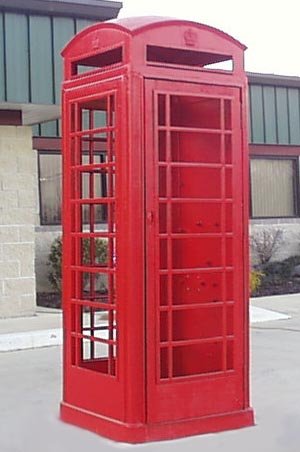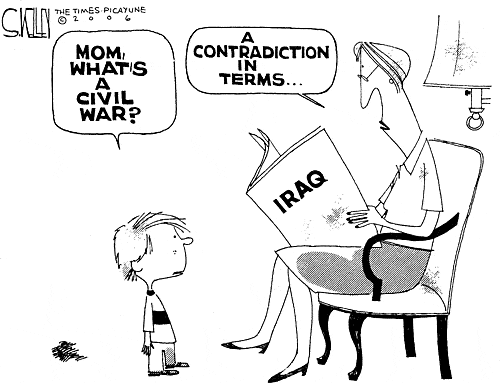At first money is invented to facilitate buy-sell transactions which is the best invention of all time. Then value of money is tighted to gold as a standard (
what I called Big Bang in Finance World).
But very soon "WAR" becomes a very costly way to acquire gold to print more money.
( but its not costly to launch war against petroleum - another story)
But very soon some smart people figure out that they don't have to follow the standard of gold-money-value. Afterall, that is just a standard set for more stupid people to follow. In reality, like everything else, the value of an item is driven by Supply and Demand.
So USA quickly set ONE standard - use US Dollar in inter-country transactions.
Whenever USA take over a country, they set USD as the standard global currency before they leave. When USA lends money to a country, they set USD as standard there. Whenever you want to buy and sell with USA, you HAVE to use USD. These are all fine ... because afterall, its their right to request so.
The sad thing is everyone else followed blindly.
Says country A and B deal with USA using USD which are perfectly fine. However, because the banking systems in A and B were greatly influenced by USA, all the transactions are FIX (hard coded) to USD.
Hence when A and B are doing businesses, they use USD as standard even though it is NOT their home currencies.
Imagine you are sending money from Malaysia to China, you cann't use MYR ( or RM ) and you cannot use CNY ( or RMB ), you will have to buy USD using your MYR in order to send the money over.
So whoever you are, wherever you are, if you are transacting globally, you will have to BUY USD. As mentioned before, when demand rise, value rise.
The increase of this Demand alone allows USA to continously print more money almost forever without the need of gold at all. Because there is no sign of over hauling our global banking system at all.
Some people are still wondering if World War 3 will occur one day. What they didn't know is WW3 is way over and USA has conquered world economy many years ago simply by implementing one global standard in currency.
The only smarter people who were able to protect their own territory is Britain. And some better light shed among all these is the creation of Euro - where the smaller players group together 'trying' to break away with the permanent damage cause by this currency standard WW3 domination.
Up until here, its still history, although recent history. We cann't blame USA for playing this trick because who wouldn't want to print more money, especially when all I need to do is just to ask the other party to use my standard ? My standard is better than no standard isn't it ?
Most of the 3rd world countries were in deep shit that time. Imagine we didn't even have enough food to eat, how could we be smart enough to say NO to a non-intrusive USD standard ?
The next part is the last part. Like before we didn't eat enough food, today we don't really get fed enough neither spiritually. Which is also the part when currency really turns evil .... stay tune ...
Part 1 Part 2
Part 3







































